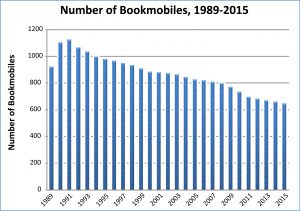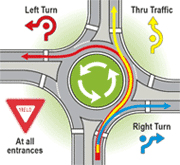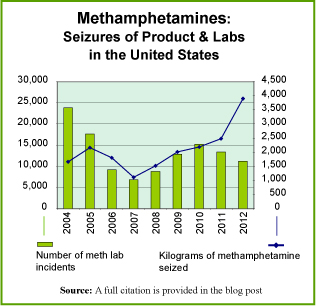 Bookmobiles, mobile libraries in vans, trucks or other large vehicles, reach underserved populations in the community. In many parts of the country, especially in rural, remote areas, people live too far from a library branch to take advantage of its services. In poor neighborhoods, children may not have access to the public library. Their parents may not have time to take them to the library after a long day’s work or may not make reading at home a priority. Seniors in assisted living facilities and nursing homes are two other groups served by bookmobiles. Besides providing books and movies, bookmobiles also provide high-speed internet access to people who may not have access otherwise.
Bookmobiles, mobile libraries in vans, trucks or other large vehicles, reach underserved populations in the community. In many parts of the country, especially in rural, remote areas, people live too far from a library branch to take advantage of its services. In poor neighborhoods, children may not have access to the public library. Their parents may not have time to take them to the library after a long day’s work or may not make reading at home a priority. Seniors in assisted living facilities and nursing homes are two other groups served by bookmobiles. Besides providing books and movies, bookmobiles also provide high-speed internet access to people who may not have access otherwise.
Today’s market size shows the number of bookmobiles in the United States in 1990 and 2015. As the graph above shows (click the graph to see more detail), the number of bookmobiles across the country has been on a steady decline since 1991. When library funding is cut or does not keep up with increasing expenses, many times bookmobiles are one of the first services to go. But some libraries see the advantages in having bookmobiles when budgets are tight. Bookmobiles provide outreach to the community, a “way to reach more patrons and prove their worth … as people become more accustomed to having goods and services delivered to their doors.”1 Some counties in Washington, Oklahoma, New York, Lousiana, and Virginia have added more than one bookmobile in the past decade.
1 Jen Fifield, “Yes, Bookmobiles Are Still a Thing,” The Pew Charitable Trusts, March 28, 2018
Geographic reference: United States
Year: 1990 and 2015
Market size: 1,102 and 647
Sources: “Bookmobiles in the U.S.,” American Library Association available online here; “Table 3. Number of Public Libraries with Branches and Bookmobiles, and Number of Service Outlets, by Type of Outlet and State: Fiscal Year 2015,” Supplementary Tables: Public Libraries Survey Fiscal Year 2015, Insititute of Museum and Library Services, September 2017 available online here; and Jen Fifield, “Yes, Bookmobiles Are Still a Thing. (We Checked),” Stateline, The Pew Charitable Trusts, March 28, 2018 available online here.
Image source: Created in-house using data from the American Library Association and the Institute of Museum and Library Services. Click on the image to see more detail.

 According to the U.S. Department of Housing and Urban Development report,
According to the U.S. Department of Housing and Urban Development report, 
